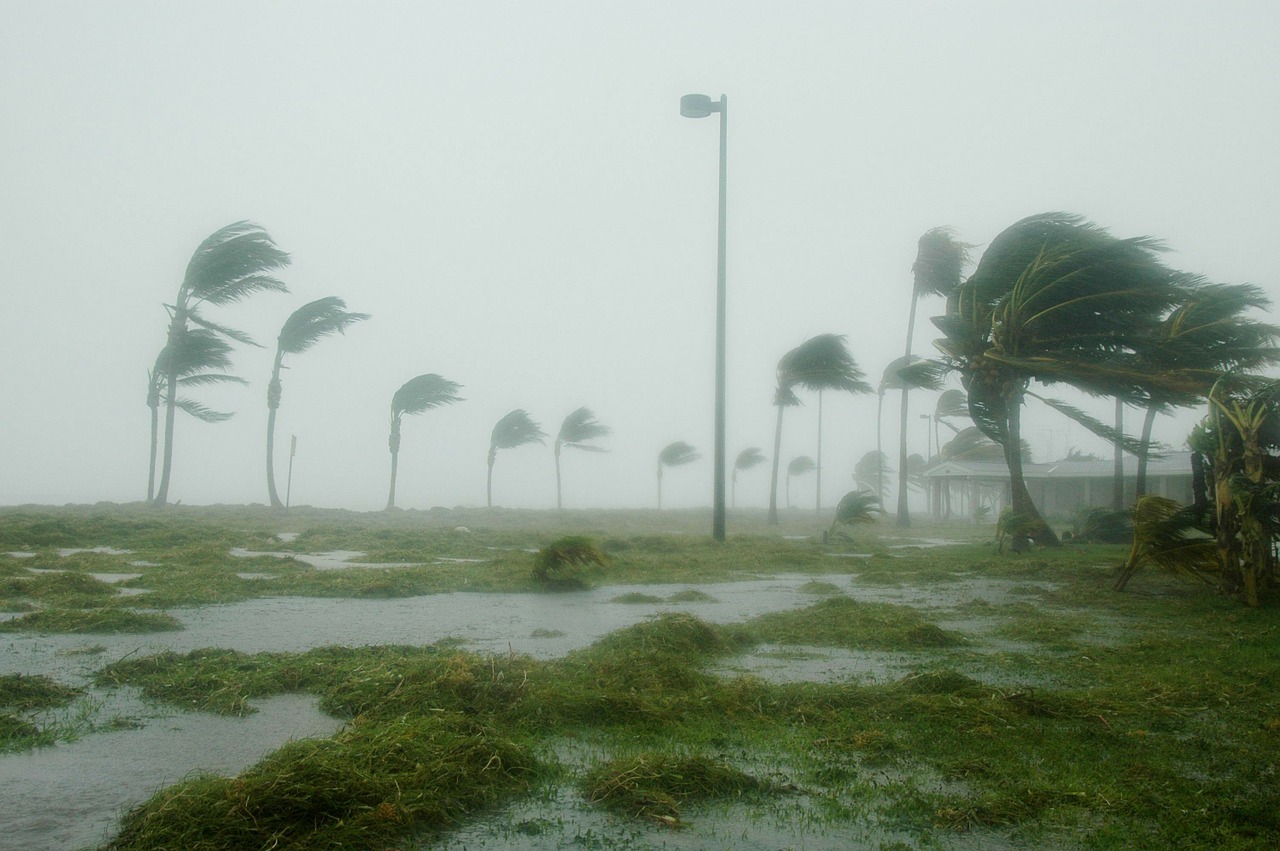The recent hurricanes that have devastated parts of the U.S. and Caribbean have shown what powerful storms can do to communications systems. But they’ve also highlighted the major role those same systems can play in helping rescue and recovery efforts.
This is why government agencies, first responders, and utility companies ensure that they’re better prepared than ever when threatened with such disasters.
While 2005’s Hurricane Katrina knocked out more than 1,000 cell towers and crippled communications–in some cases for weeks–Hurricane Harvey affected just 4 percent of the 7,804 cell sites in its path.
Lessons Learned From Katrina
Lessons have been learned from past failures. While 2005’s Hurricane Katrina knocked out more than 1,000 cell towers and crippled communications–in some cases for weeks–August 2017’s Hurricane Harvey affected just 4 percent of the 7,804 cell sites in its path, according to data from the Federal Communications Commission (FCC).
Despite the extensive flooding caused by Harvey, which hit parts of Texas and Louisiana, critical equipment is now better protected against water damage.
FCC data on services affected by Hurricane Harvey, Aug/Sep 2017 |
||||
| Date | Cell sites out | Subscribers cut off | Switching centers | |
|---|---|---|---|---|
| Out | On back-up power | |||
| 26 August | 315 | 149,909 | 5 | 38 |
| 27 August | 320 | 148,565 | 11 | 21 |
| 28 August | 364 | 189,487 | 19 | 22 |
| 29 August | 365 | 285,593 | 21 | 33 |
| 30 August | 329 | 267,426 | 42 | 25 |
| 31 August | 296 | 270,139 | 36 | 38 |
| 2 September | 150 | 179,981 | - | - |
| 3 September | 102 | 164,544 | - | - |
| 4 September | 70 | 158,086 | - | - |
| 5 September | 73 | 153,850 | - | - |
COWs and COLTs
Major telcos will stockpile equipment and have repair teams on standby at a safe distance from the path of the storm. As soon as it is safe to do so and roads are passable then work will begin on restoring communications.
Their disaster recovery arsenal includes temporary mobile towers such as cells on wheels (COWs) and cells on light trucks (COLTs). Back-up batteries and portable generators are also essential to provide electricity when main power supplies are down.
Camera-equipped drones can now be used to survey network equipment and assess damage, allowing access to phone masts and other structures even when roads are flooded or impassable.
Amateur Radio
While it may take some days to get cellular networks fully up and running, amateur radio operators can usually be operational much quicker, and can be useful with helping authorities coordinate recovery efforts.
To facilitate this, bodies such as the FCC and the Federal Emergency Management Agency in the U.S. are happy to temporarily relax restrictions on amateur systems as part of their disaster preparations.
Cellcos also benefit from relaxed regulations on matters ranging from temporary cell tower siting to number porting.
Caribbean Devastation
While telecoms operators in the U.S. were making their own preparations for September 2017’s Hurricane Irma, some Caribbean islands had already been left devastated by the storm.
Authorities on the Dutch territory of Sint Maarten, for example, claimed that 70 percent of infrastructure had been crippled by the hurricane, which struck on September 6. On the French side of the island there were reports that 95 percent of buildings had suffered damage. In both territories, communications networks were put out of action. Other islands in the Caribbean have been similarly hit.
Just days before, on September 1, Sint Maarten operator TelEm had launched its 4G LTE network.
While communications outages can usually be measured in days, other recovery and rebuilding efforts will, unfortunately, take much longer.
Pete Bell
Pete Bell is a Senior Analyst for TeleGeography’s GlobalComms Database and also contributes to the daily CommsUpdate newsletter. He has a particular interest in wireless broadband and was responsible for TeleGeography’s 4G Research Service until it was integrated into GlobalComms.


